John McKay
Towards Multi-Objective Statistically Fair Federated Learning
Jan 24, 2022


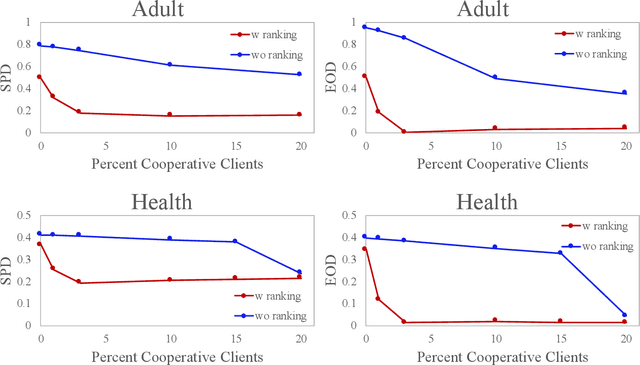
Abstract:Federated Learning (FL) has emerged as a result of data ownership and privacy concerns to prevent data from being shared between multiple parties included in a training procedure. Although issues, such as privacy, have gained significant attention in this domain, not much attention has been given to satisfying statistical fairness measures in the FL setting. With this goal in mind, we conduct studies to show that FL is able to satisfy different fairness metrics under different data regimes consisting of different types of clients. More specifically, uncooperative or adversarial clients might contaminate the global FL model by injecting biased or poisoned models due to existing biases in their training datasets. Those biases might be a result of imbalanced training set (Zhang and Zhou 2019), historical biases (Mehrabi et al. 2021a), or poisoned data-points from data poisoning attacks against fairness (Mehrabi et al. 2021b; Solans, Biggio, and Castillo 2020). Thus, we propose a new FL framework that is able to satisfy multiple objectives including various statistical fairness metrics. Through experimentation, we then show the effectiveness of this method comparing it with various baselines, its ability in satisfying different objectives collectively and individually, and its ability in identifying uncooperative or adversarial clients and down-weighing their effect
Coupling Rendering and Generative Adversarial Networks for Artificial SAS Image Generation
Oct 02, 2019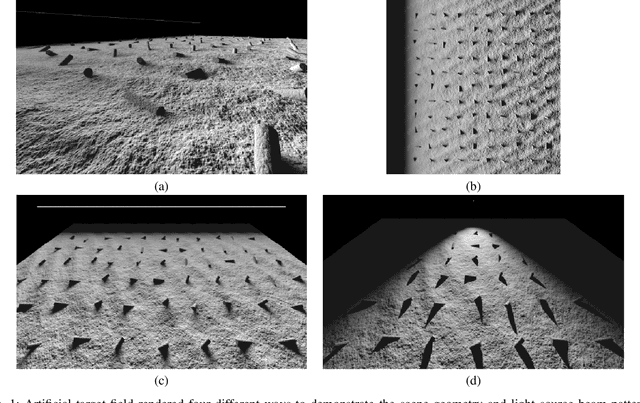
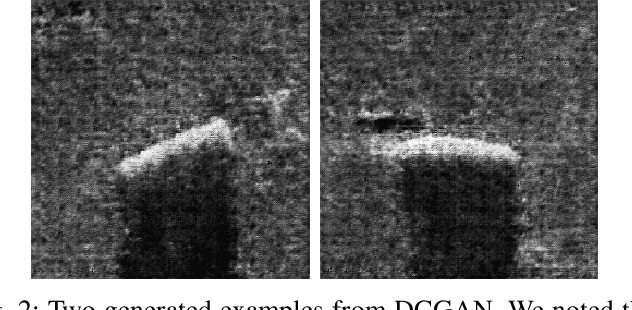

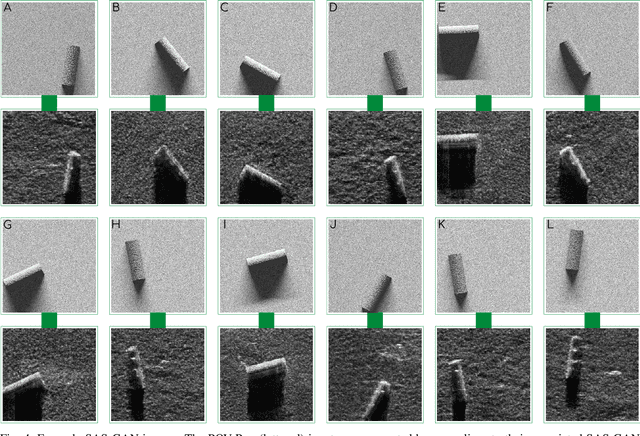
Abstract:Acquisition of Synthetic Aperture Sonar (SAS) datasets is bottlenecked by the costly deployment of SAS imaging systems, and even when data acquisition is possible,the data is often skewed towards containing barren seafloor rather than objects of interest. We present a novel pipeline, called SAS GAN, which couples an optical renderer with a generative adversarial network (GAN) to synthesize realistic SAS images of targets on the seafloor. This coupling enables high levels of SAS image realism while enabling control over image geometry and parameters. We demonstrate qualitative results by presenting examples of images created with our pipeline. We also present quantitative results through the use of t-SNE and the Fr\'echet Inception Distance to argue that our generated SAS imagery potentially augments SAS datasets more effectively than an off-the-shelf GAN.
Bridging the Gap: Simultaneous Fine Tuning for Data Re-Balancing
Jan 08, 2018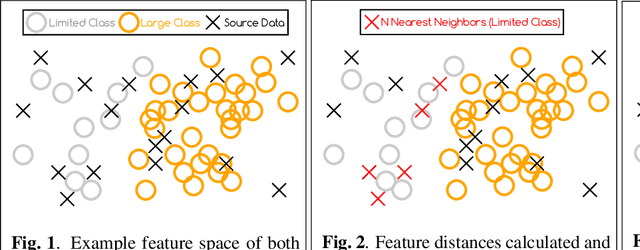
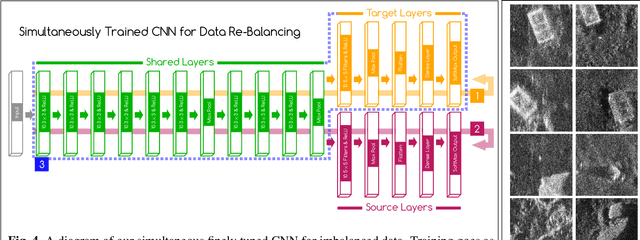
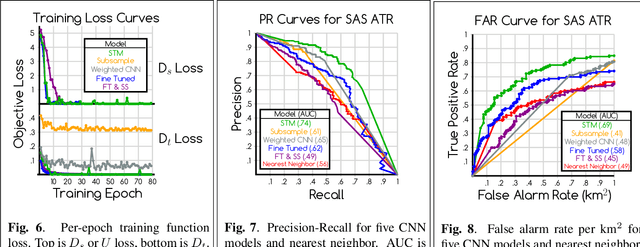
Abstract:There are many real-world classification problems wherein the issue of data imbalance (the case when a data set contains substantially more samples for one/many classes than the rest) is unavoidable. While under-sampling the problematic classes is a common solution, this is not a compelling option when the large data class is itself diverse and/or the limited data class is especially small. We suggest a strategy based on recent work concerning limited data problems which utilizes a supplemental set of images with similar properties to the limited data class to aid in the training of a neural network. We show results for our model against other typical methods on a real-world synthetic aperture sonar data set. Code can be found at github.com/JohnMcKay/dataImbalance.
Fast Stochastic Hierarchical Bayesian MAP for Tomographic Imaging
Jul 07, 2017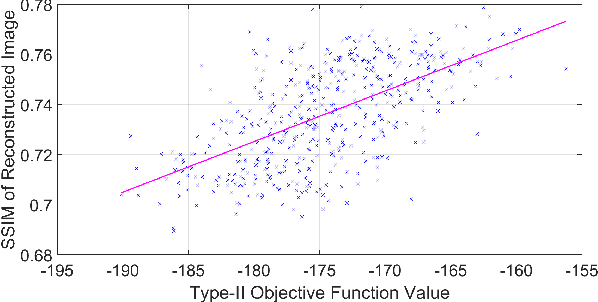
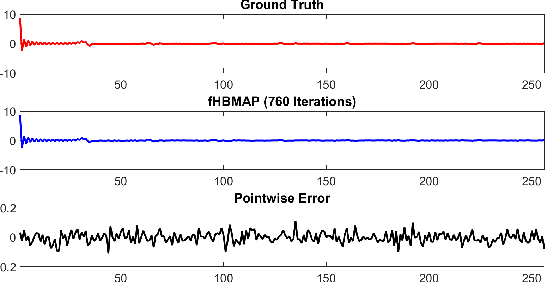
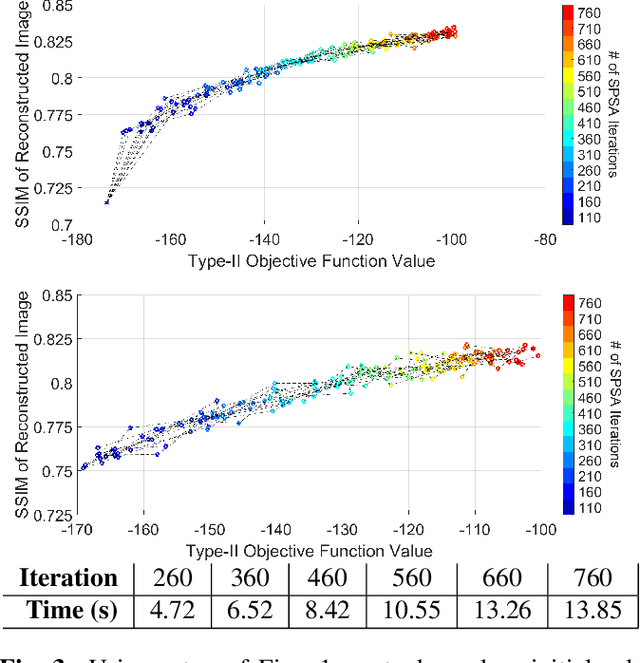
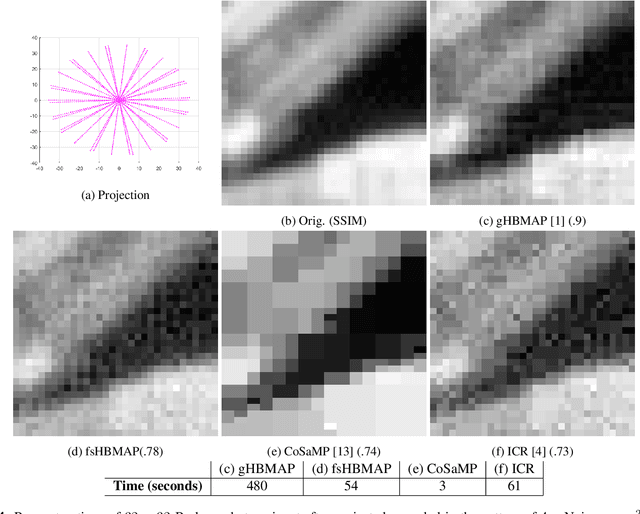
Abstract:Any image recovery algorithm attempts to achieve the highest quality reconstruction in a timely manner. The former can be achieved in several ways, among which are by incorporating Bayesian priors that exploit natural image tendencies to cue in on relevant phenomena. The Hierarchical Bayesian MAP (HB-MAP) is one such approach which is known to produce compelling results albeit at a substantial computational cost. We look to provide further analysis and insights into what makes the HB-MAP work. While retaining the proficient nature of HB-MAP's Type-I estimation, we propose a stochastic approximation-based approach to Type-II estimation. The resulting algorithm, fast stochastic HB-MAP (fsHBMAP), takes dramatically fewer operations while retaining high reconstruction quality. We employ our fsHBMAP scheme towards the problem of tomographic imaging and demonstrate that fsHBMAP furnishes promising results when compared to many competing methods.
What's Mine is Yours: Pretrained CNNs for Limited Training Sonar ATR
Jun 29, 2017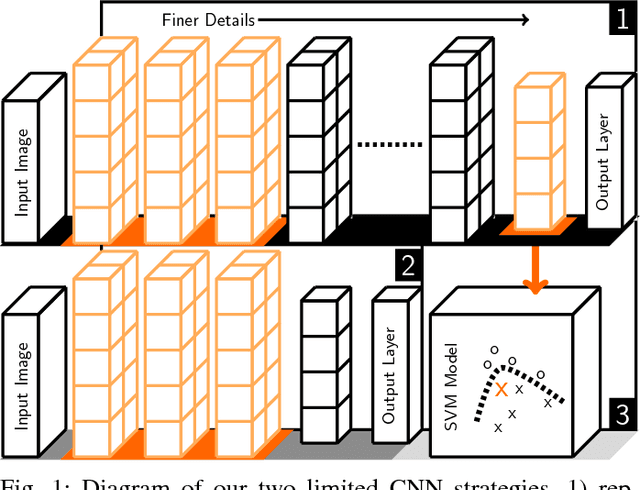

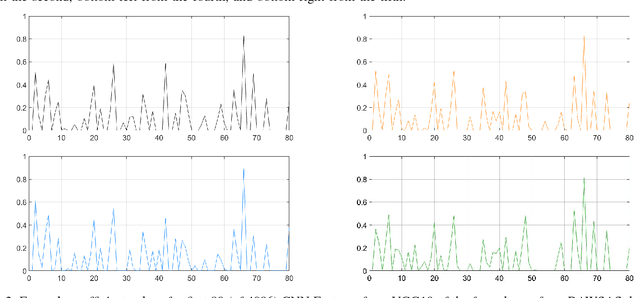
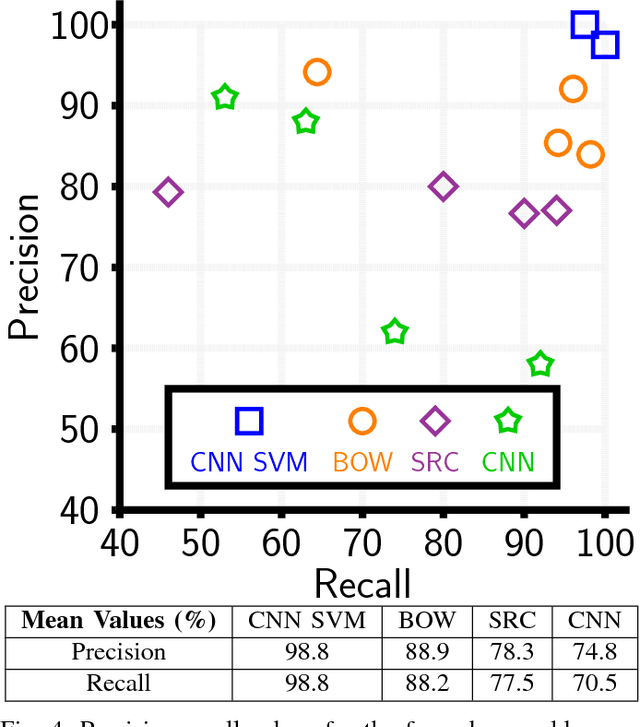
Abstract:Finding mines in Sonar imagery is a significant problem with a great deal of relevance for seafaring military and commercial endeavors. Unfortunately, the lack of enormous Sonar image data sets has prevented automatic target recognition (ATR) algorithms from some of the same advances seen in other computer vision fields. Namely, the boom in convolutional neural nets (CNNs) which have been able to achieve incredible results - even surpassing human actors - has not been an easily feasible route for many practitioners of Sonar ATR. We demonstrate the power of one avenue to incorporating CNNs into Sonar ATR: transfer learning. We first show how well a straightforward, flexible CNN feature-extraction strategy can be used to obtain impressive if not state-of-the-art results. Secondly, we propose a way to utilize the powerful transfer learning approach towards multiple instance target detection and identification within a provided synthetic aperture Sonar data set.
Robust Sonar ATR Through Bayesian Pose Corrected Sparse Classification
Jun 26, 2017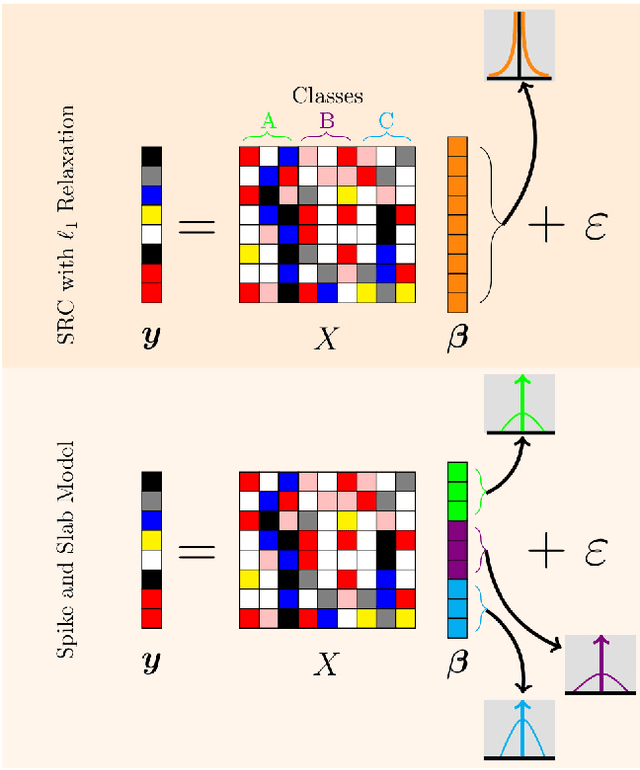
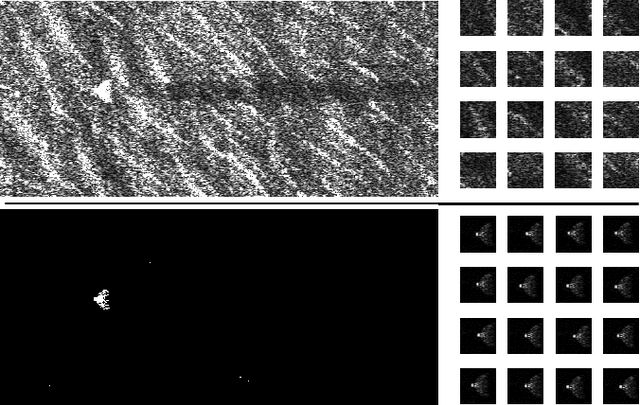
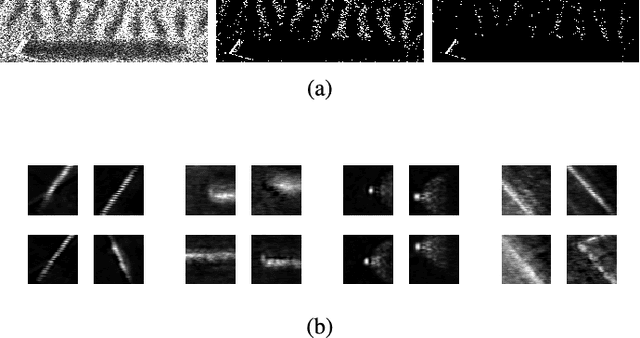
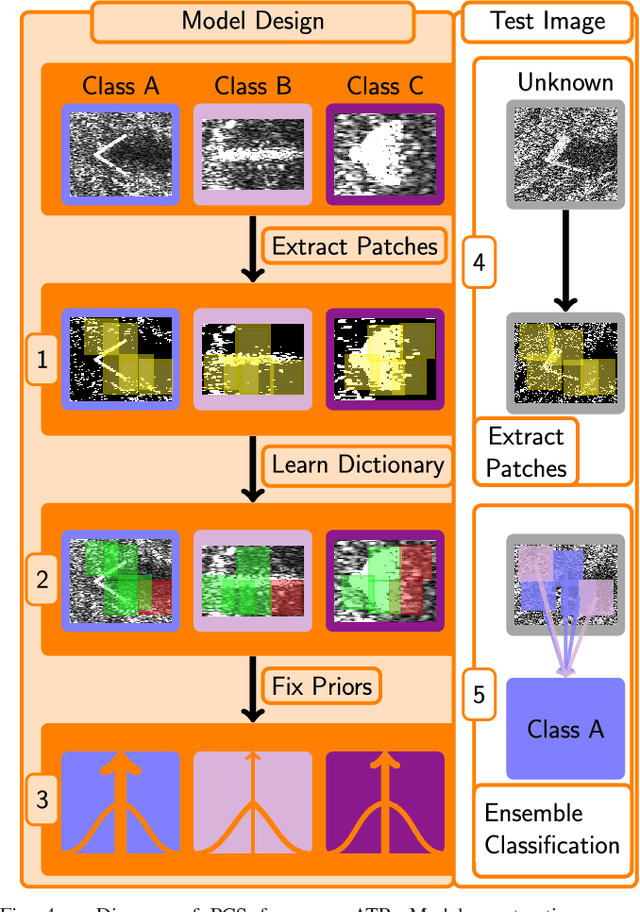
Abstract:Sonar imaging has seen vast improvements over the last few decades due in part to advances in synthetic aperture Sonar (SAS). Sophisticated classification techniques can now be used in Sonar automatic target recognition (ATR) to locate mines and other threatening objects. Among the most promising of these methods is sparse reconstruction-based classification (SRC) which has shown an impressive resiliency to noise, blur, and occlusion. We present a coherent strategy for expanding upon SRC for Sonar ATR that retains SRC's robustness while also being able to handle targets with diverse geometric arrangements, bothersome Rayleigh noise, and unavoidable background clutter. Our method, pose corrected sparsity (PCS), incorporates a novel interpretation of a spike and slab probability distribution towards use as a Bayesian prior for class-specific discrimination in combination with a dictionary learning scheme for localized patch extractions. Additionally, PCS offers the potential for anomaly detection in order to avoid false identifications of tested objects from outside the training set with no additional training required. Compelling results are shown using a database provided by the United States Naval Surface Warfare Center.
Using Frame Theoretic Convolutional Gridding for Robust Synthetic Aperture Sonar Imaging
Jun 26, 2017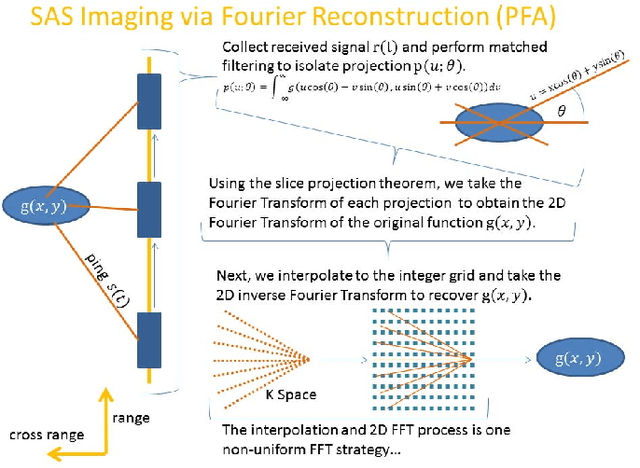
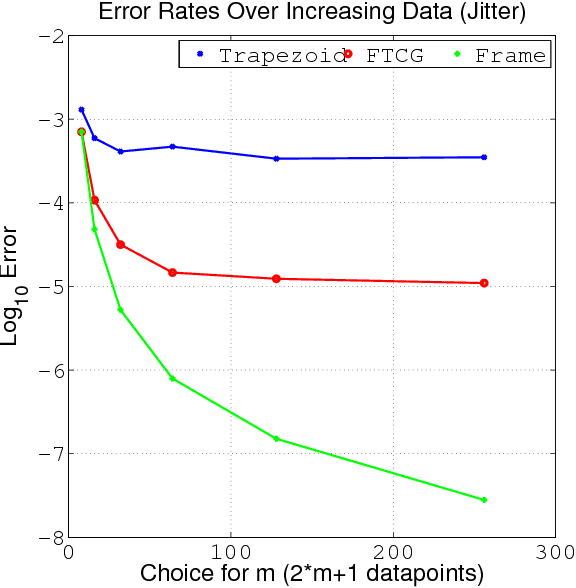

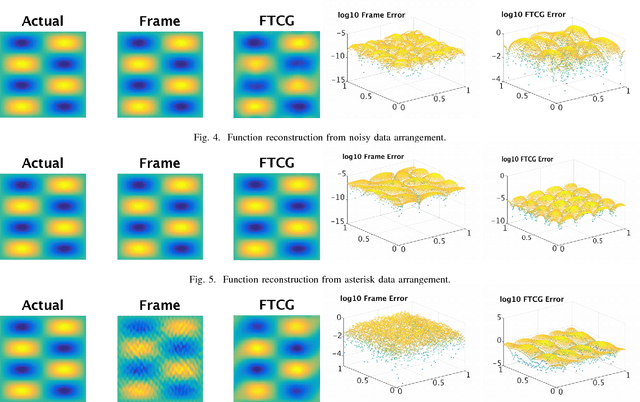
Abstract:Recent progress in synthetic aperture sonar (SAS) technology and processing has led to significant advances in underwater imaging, outperforming previously common approaches in both accuracy and efficiency. There are, however, inherent limitations to current SAS reconstruction methodology. In particular, popular and efficient Fourier domain SAS methods require a 2D interpolation which is often ill conditioned and inaccurate, inevitably reducing robustness with regard to speckle and inaccurate sound-speed estimation. To overcome these issues, we propose using the frame theoretic convolution gridding (FTCG) algorithm to handle the non-uniform Fourier data. FTCG extends upon non-uniform fast Fourier transform (NUFFT) algorithms by casting the NUFFT as an approximation problem given Fourier frame data. The FTCG has been show to yield improved accuracy at little more computational cost. Using simulated data, we outline how the FTCG can be used to enhance current SAS processing.
Localized Dictionary design for Geometrically Robust Sonar ATR
Jan 13, 2016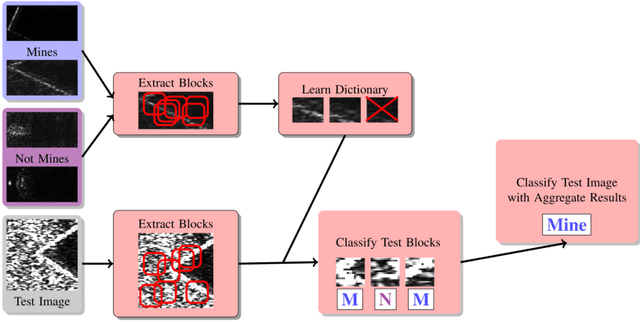


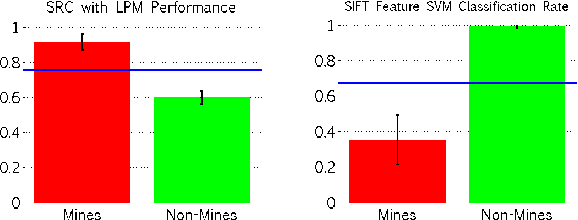
Abstract:Advancements in Sonar image capture have opened the door to powerful classification schemes for automatic target recognition (ATR. Recent work has particularly seen the application of sparse reconstruction-based classification (SRC) to sonar ATR, which provides compelling accuracy rates even in the presence of noise and blur. Existing sparsity based sonar ATR techniques however assume that the test images exhibit geometric pose that is consistent with respect to the training set. This work addresses the outstanding open challenge of handling inconsistently posed test sonar images relative to training. We develop a new localized block-based dictionary design that can enable geometric, i.e. pose robustness. Further, a dictionary learning method is incorporated to increase performance and efficiency. The proposed SRC with Localized Pose Management (LPM), is shown to outperform the state of the art SIFT feature and SVM approach, due to its power to discern background clutter in Sonar images.
Discriminative Sparsity for Sonar ATR
Jan 01, 2016
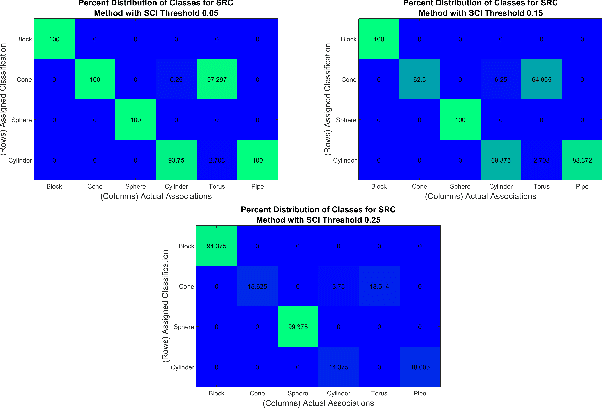

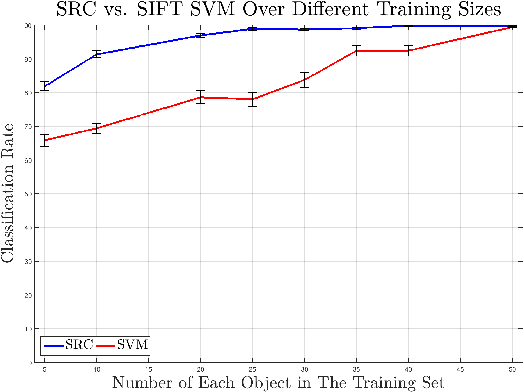
Abstract:Advancements in Sonar image capture have enabled researchers to apply sophisticated object identification algorithms in order to locate targets of interest in images such as mines. Despite progress in this field, modern sonar automatic target recognition (ATR) approaches lack robustness to the amount of noise one would expect in real-world scenarios, the capability to handle blurring incurred from the physics of image capture, and the ability to excel with relatively few training samples. We address these challenges by adapting modern sparsity-based techniques with dictionaries comprising of training from each class. We develop new discriminative (as opposed to generative) sparse representations which can help automatically classify targets in Sonar imaging. Using a simulated SAS data set from the Naval Surface Warfare Center (NSWC), we obtained compelling classification rates for multi-class problems even in cases with considerable noise and sparsity in training samples.
 Add to Chrome
Add to Chrome Add to Firefox
Add to Firefox Add to Edge
Add to Edge